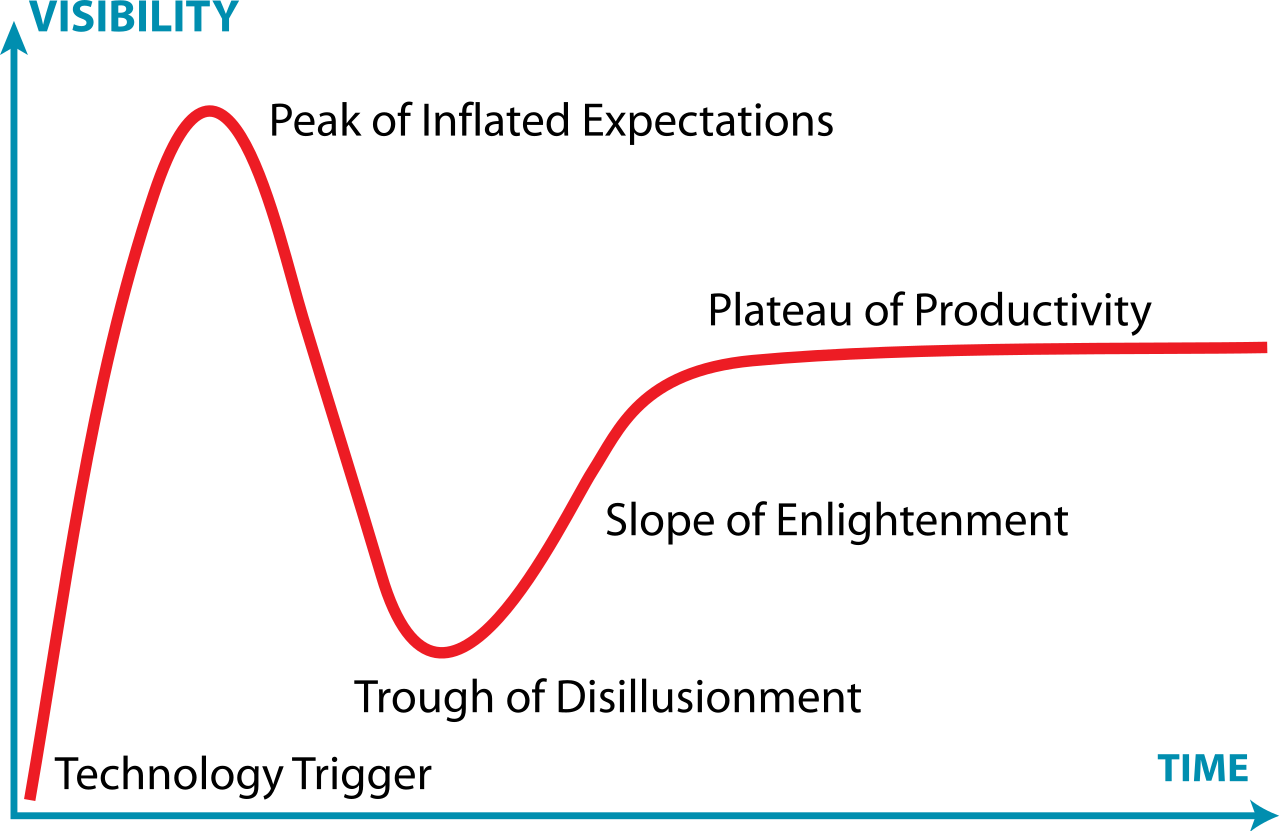tspear
En-Route
- Joined
- Dec 10, 2010
- Messages
- 3,504
- Display Name
Display name:
Timothy
The battery energy lost to heat needs to be addressed and accounted for, as does the motor's heat. Battery-electric drive is not 100% efficient either, but it's a lot better than ICE.
Actually discharging a battery causes it to heat up. Same for charging. So most of the time, cooling is the primary concern. The flight school in Norway (I think), actually warms the battery/cabin under charge so everything starts nice and toasty. After that, the actual flying discharges enough power that they actually cool the battery back. The flight school said they have not seen any material change in battery life if the plane and battery are preheated while connected to the charger. The prop power consumption is significantly more dominant than maintaining cabin/battery temps.
Tim

